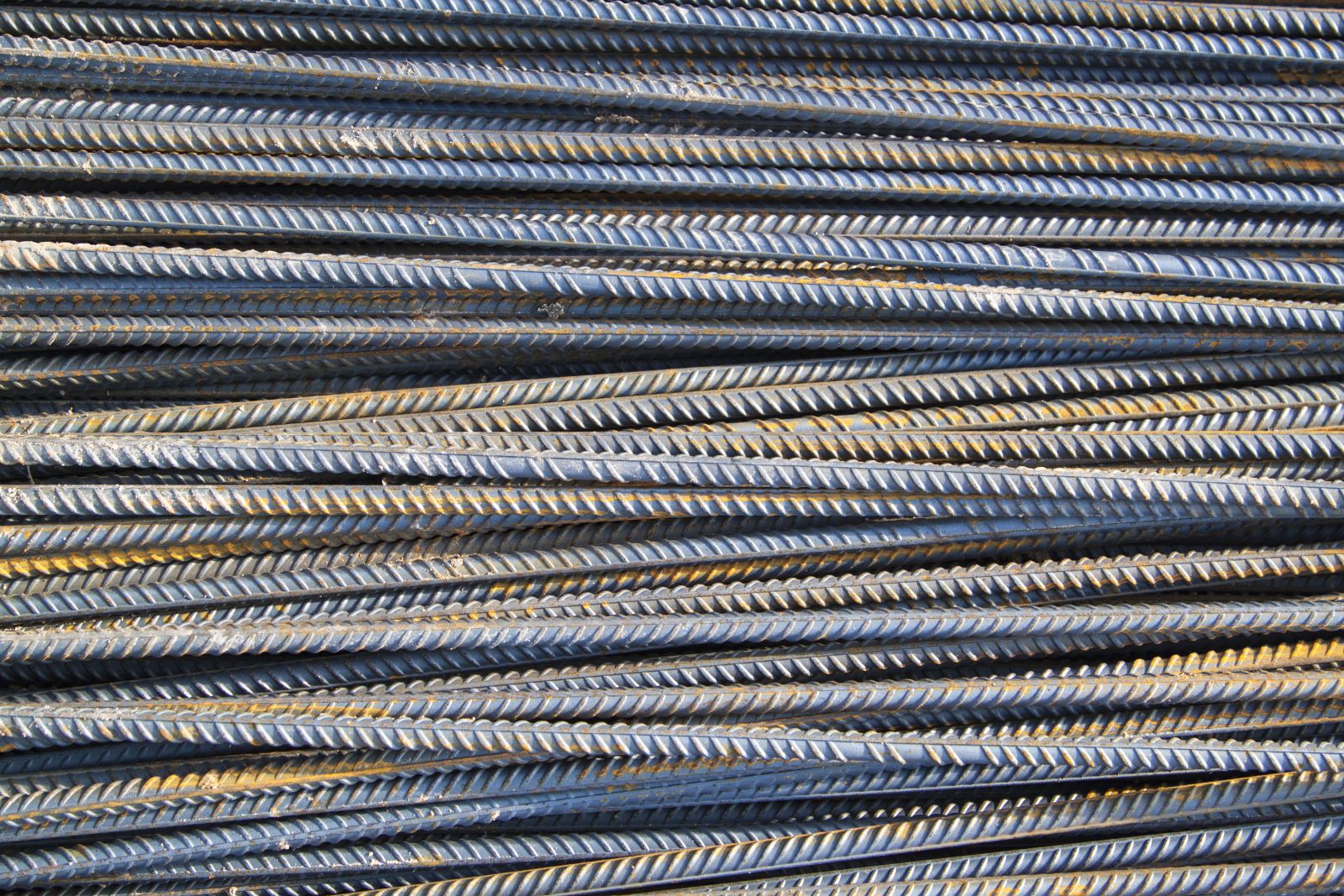Cleveland-Cliffs Marks 40th 52-Week Low: Is It a Buying Opportunity?

Cleveland-Cliffs (CLF) was one of only nine NYSE stocks hitting 52-week lows on Tuesday, with the producer of iron ore pellets and flat-rolled steel hitting its 40th of the past 12 months.
Oh, how times have changed for the Cleveland-based company. As recently as April 2022, CLF stock traded above $34. If you bought shares and are still holding, you’ve lost 81% of your investment in a little over 36 months.
Its steel-making peers have also suffered in the past year, but not by nearly as much. As a sector, steel stocks have lost almost 15% over the past year compared to an 11.6% gain by the S&P 500.
Value investors must be wondering when Cleveland-Cliffs stock will bottom. Another $1.40 and it's in penny-stock territory. The last time it was a penny stock was during the pandemic correction in March and April 2020.
If you are a risk-averse investor, the answer to the headline is unequivocally no. However, if you're willing to take on a little risk with your investments, it could be right up your alley. Here’s why.
The Bad News Is Bad!
Cleveland-Cliffs reported its Q1 2025 results on May 7. The results were mixed.
On the top line, revenue was $4.63 billion, 7% higher than the same period a year earlier, and $100 million higher than the analyst estimate. However, on the bottom line, it lost $456 million on an adjusted basis, or $0.92 a share, $124 million higher than Q1 2024, and nine cents worse than Wall Street’s expectations.
As a result of the disappointing quarter, the company is taking aggressive action to lower its operating expenses.
“The decision to fully or partially idle certain locations was not taken lightly. These actions will allow us to consolidate operations, withdraw from loss-making businesses, and deliver annualized savings exceeding $300 million,” stated CEO Lourenco Goncalves.
Cleveland-Cliffs plans to focus on its core markets, fully or partially idling six of its facilities that involve non-core production and products.
The most significant negative for Cleveland-Cliffs is the amount of net debt it carries. As of March 31, it was $7.67 billion, the highest point in its history, according to S&P Global Market Intelligence. As a multiple of EBITDA (earnings before interest, taxes, depreciation and amortization), it is 23.9x, the highest at any time in the past decade.
As a result of the degradation of its balance sheet, its Altman Z-Score—which predicts the likelihood of bankruptcy proceedings in the next 24 months—is 1.26, half of what it was a year ago. Anything under 1.81 is considered distressed.
So, yes, the situation isn’t good.
There Is a Silver Lining
As Cleveland-Cliffs’ CEO said in its Q1 2025 report, the company will focus on supplying steel to the automotive industry in the future. The New York Times timeline on tariffs shows that the 25% tariff on steel and aluminum imports remains in effect. Gonclaves believes this helps the company and the entire industry. In combination with the tariffs imposed by the White House on automotive vehicles, Cleveland-Cliffs has seen its volume commitments rise from U.S. auto manufacturers.
Between the protectionist actions from Washington, the company’s moves to reduce costs in 2025, and the end of its unprofitable five-year slab contract with ArcelorMittal/Nippon Steel toward the end of 2025, which should add $500 million in annualized EBITDA, the company should put itself in a position to generate profita ble sales in the second half of the year and into 2026.
According to MarketWatch, of the 15 analysts that cover CLF stock, six rate it a Buy, seven a Hold, and only two have it as a Sell, with a target price of $9.25, nearly 50% higher than its current share price. More importantly, analysts expect the company to lose 40 cents a share in 2025, improving to a 22-cent profit in 2026.
Regarding EBITDA profitability, S&P Global Market Intelligence forecasts that it will rise to $2.17 billion in 2027, from $780 million in 2024.
Based on 2024’s actual EBITDA and the 2027 projection, its enterprise value of $10.95 billion is 14.0 times the former and 5.0 times the latter.
Should all of the above come together, there is no question a bet on CLF stock today would generate significant profits in the next 24-36 months.
But Is It a Buying Opportunity?
If I had to buy a steel stock, I would be more inclined to buy Nucor (NUE) (3.69 Altman Z-Score) or Steel Dynamics (STLD) (4.63 Altman Z-Score). Their balance sheets are much cleaner, making an investment less risky on a relative basis.
Cleveland-Cliffs' 30-day average options volume is 42,592. In the past month, volume has been higher than that nine times, with the most recent instance being yesterday at 99,797, accompanied by a P/C volume ratio of 0.32, a very bullish indicator.
The Dec. 17/2027 $7 call had a $2.70 ask price at the close yesterday, 43.55% of its $6.20 share price.
To break even on the bet, the share price has to appreciate by 56.45%. An open interest of 3,097 suggests there are some investors willing to take this bet.
Options are an excellent way to take a long-term gamble on the steel producer, but rest assured, it is a gamble.
On the date of publication, Will Ashworth did not have (either directly or indirectly) positions in any of the securities mentioned in this article. All information and data in this article is solely for informational purposes. For more information please view the Barchart Disclosure Policy here.